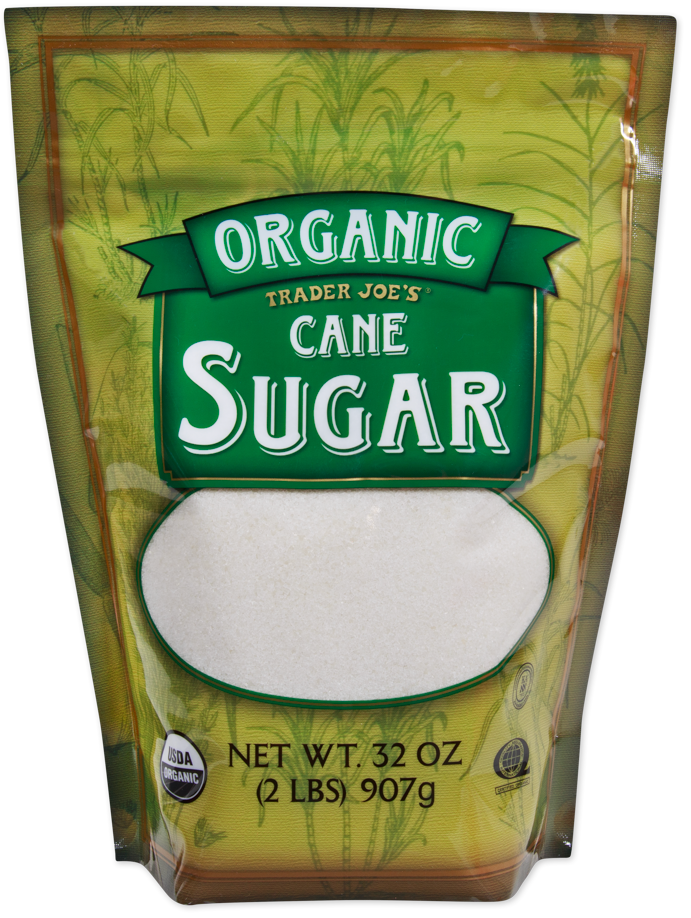Cane Sugar Processing: Ingenious Techniques for Top Quality Production
Cane Sugar Processing: Ingenious Techniques for Top Quality Production
Blog Article
A Comprehensive Overview to the Ecological Impact and Sustainability Practices in Cane Sugar Processing
The environmental effect of walking stick sugar handling offers a complex range of difficulties that warrant cautious exam. From dirt destruction and too much water use to the carbon impact linked with cultivation and manufacturing, the effects of traditional practices are far-ranging. In comparison, the fostering of cutting-edge sustainability actions supplies a path towards extra liable production methods. Understanding the interaction in between these problems is critical for stakeholders in the sector. What details techniques can be applied to strike an equilibrium between productivity and ecological stewardship? The solutions depend on a better look at both the obstacles and prospective services.
Overview of Walking Cane Sugar Processing
Walking cane sugar processing entails a series of systematic steps that change sugarcane into polished sugar. Initially, gathered sugarcane is moved to processing centers, where it undergoes cleansing to remove dirt and particles. Following this, the walking stick is squashed to extract juice, which is then made clear by removing pollutants through heating and the enhancement of lime.
The clarified juice undertakes dissipation, where water is removed to focus the sugar web content. This concentrated syrup is then taken shape through air conditioning, allowing sugar crystals to develop. These crystals are divided from the remaining syrup utilizing centrifugation, causing raw sugar. To attain refined sugar, the raw product goes through more purification processes, which may consist of filtering and washing to get rid of staying contaminations and color.
The final item is after that dried out and packaged for circulation. Throughout this whole procedure, maintaining efficiency and quality assurance is crucial to guarantee the sugar satisfies market standards. Each action in walking cane sugar processing not just contributes to the end product but also has effects for resource use and waste generation, setting the stage for discussions on sustainability and ecological impacts connected with sugar production.
Environmental Difficulties of Production
The production of walking stick sugar offers numerous considerable environmental difficulties that warrant interest. One key problem is the extensive use of agrochemicals, including chemicals and plant foods, which can cause soil degradation, biodiversity loss, and contamination of local water resources. The overflow from sugarcane fields often lugs these chemicals right into close-by communities, disrupting aquatic life and impacting the wellness of neighborhoods reliant on these water bodies.
Another challenge is the high power usage associated with sugarcane handling. The boiling and refining phases require significant warm, mainly created by shedding fossil fuels, contributing to greenhouse gas exhausts. Furthermore, the large land area needed for sugarcane growing can lead to logging and habitat devastation, additional intensifying climate modification and threatening wild animals.
Furthermore, the labor techniques in some regions elevate ethical worries, as workers might face inadequate working conditions and poor wages. This circumstance frequently bolsters a cycle of poverty in neighborhood communities. Cane Sugar Processing. Resolving these environmental obstacles is essential for creating more sustainable techniques in cane sugar manufacturing, inevitably benefiting both the setting and the communities associated with this sector
Water and Land Use Effect
Water sources and land utilization are vital parts in the cane sugar market that significantly affect the setting. The farming of sugarcane requires substantial water input, with quotes recommending that it can eat up to 2,000 go to the website liters of water per kilo of sugar created. This extensive usage of water frequently brings about depletion of local water resources, influencing not just the sugarcane plantations however additionally surrounding environments and neighborhoods that rely upon the very same water resources for agriculture and domestic use.

In addition, land use for sugarcane farming can cause logging and the conversion of natural environments right into monoculture ranches. This technique diminishes biodiversity, interrupts neighborhood communities, and adds to soil deterioration. The development of sugarcane areas typically encroaches on important farming land, developing competitors for resources between food and biofuel manufacturing.
Lasting techniques, such as optimizing irrigation methods and applying crop rotation, are necessary to mitigate these effects. By taking on more efficient water usage and land administration approaches, the walking cane sugar industry can decrease its environmental impact, making certain a balance in between agricultural efficiency and ecological preservation.
Greenhouse Gas Emissions
Greenhouse gas emissions represent a substantial ecological concern within the cane sugar processing industry, particularly as agricultural techniques increase to fulfill global demand. The cultivation of sugarcane, a crop that grows in exotic environments, counts greatly on artificial plant foods and chemicals, which add to laughing gas exhausts. In addition, land-use changes, including logging for brand-new sugarcane haciendas, launch co2 kept in greenery and soil.
During processing, power consumption is another major resource of greenhouse gas exhausts - Cane Sugar Processing. Lots of sugar mills utilize nonrenewable fuel sources to power equipment and generate warmth, leading to significant carbon impacts. In addition, the transport of raw sugarcane and finished items adds layers of exhausts with gas burning in vehicles
This involves assessing existing agricultural practices, refining methods, and transportation systems to recognize areas for enhancement and mitigation. Resolving greenhouse gas emissions is necessary for fostering an extra sustainable walking stick sugar market in a transforming look at this website climate.

Lasting Practices and Innovations
Sustainable techniques and technologies are significantly essential in the walking stick sugar handling sector as stakeholders seek to minimize ecological effects while preserving productivity. One significant improvement is the implementation of incorporated crop administration, which enhances resource usage by combining soil administration, insect control, and crop turning methods. This strategy improves yield while minimizing chemical inputs and preserving dirt health and wellness.
Additionally, the adoption of renewable resource sources, such as biomass from sugarcane residues, has gained traction - Cane Sugar Processing. By transforming waste products into energy, refining centers can lower their reliance on nonrenewable fuel sources, therefore reducing greenhouse gas emissions
Water monitoring practices have likewise seen enhancements via the recycling and reusing of water in processing plants, considerably decreasing freshwater consumption. Innovations in technology, such as precision farming, make it possible for farmers to monitor crop health and wellness and source use much more efficiently, guaranteeing sustainable growing methods.
Additionally, accreditation programs like Fair click over here now Trade and Jungle Partnership encourage environmentally accountable farming techniques and advertise social equity within the supply chain. By embracing these sustainable practices and technologies, the walking stick sugar processing market can improve its resilience and contribute positively to ecological stewardship.
Conclusion
The environmental impact of walking stick sugar handling provides substantial obstacles, consisting of dirt degradation, high water consumption, and greenhouse gas discharges, together with ethical issues connected to labor techniques. Attending to these problems through sustainable methods, such as incorporated crop administration, renewable resource fostering, and water recycling, is essential. By promoting eco liable and socially fair methods in sugar production, the sector can mitigate its damaging impacts, guaranteeing a more lasting future for both ecological communities and areas involved in this industry.
Walking cane sugar handling entails a series of systematic steps that change sugarcane into polished sugar. Each step in cane sugar handling not only adds to the final item yet additionally has implications for source use and waste generation, establishing the stage for discussions on sustainability and environmental influences connected with sugar manufacturing.
Greenhouse gas emissions stand for a significant environmental issue within the walking cane sugar handling sector, particularly as farming practices broaden to meet global need.Sustainable techniques and advancements are progressively crucial in the walking stick sugar handling sector as stakeholders seek to reduce ecological impacts while keeping efficiency.The ecological impact of walking cane sugar processing presents substantial difficulties, including soil degradation, high water usage, and greenhouse gas exhausts, together with moral problems connected to labor techniques.
Report this page